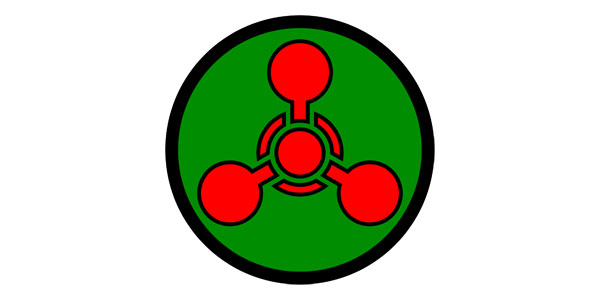During an inspection visit in 2001, a team of specialists from the OPCW (Organization for the Prohibition of Chemical Weapons), confirmed the existence of US chemical weapons in Panama, left behind –like other war materials and poisoning items- by the US armed forces who had to evacuate the country to comply with the Canal Treaties, signed in 1977 by Omar Torrijos and James Earl Carter.
The following year, 2002, the OPCW conducted a new inspection visit in Panama with its experts, requested by the government of that country, given the fact that Washington was vehemently denying that the chemical weapons found abandoned were from the U.S. The OPCW mission confirmed beyond any doubt the origin of the highly dangerous material and even found more devices.
According to the Chemical Weapons Convention, any country that produced, transported, storaged, used or traded such weapons has the commitment to destroy such weapons in the country to where they were taken, and dispose of the debris in such a way that they are permanently cleaned and eliminated.
The OPCW Director General, Ahmet Üzümcü, was concise but unequivocal when he presented the report of the Technical Secretariat in the Third Conference of the Convention, last April: “The destruction of the eight chemical weapons denounced by Panama as abandoned, as verified by the Secretariat, has not even started”.
Ambassador Jose Manuel Teran, who is the permanent representative of Panama in the OPCW, stated for his part: “In the case of Panama, alluded by the Director General … certain States that are part of this Convention… conducted some experiments… forbidden by the Convention… using bombs with chemical components that are still lethal. The destruction of such weapons abandoned in the Island of San Jose has not been solved. This represents a potential danger for human and animal life, as well as for the environment; this also limits the touristic development of the island. The Republic of Panama… complying with the responsibilities established in the Convention will reinstate diplomatic conversations with the U.S .to achieve an agreement. We trust that good faith will prevail to put an end to our differences”.
The Island of San Jose is the second largest in the Archipelago of Las Perlas, located in the Gulf of Panama, inthe Pacific Ocean, 80 km (50 miles) away from the Canal. With an extension of 44 square kilometers (10,870 acres) its main economic activity is tourism. The geographical proximity of Panama with Costa Rica and Colombia, should turn on an alarm light on the potential regional contamination of the chemical weapons that the U.S. is reluctant to destroy and remove.
If the Government of Panama should undertake such a task, the costs would escalate to hundreds of millions of dollars, an excessive burden for the economy of the country. In contrast, the U.S. could easily rely on its technologic and financial resources to finish the job without any major complication.
On the other hand, even when there are scarce references to “experiments” in the frame of the Second World War, it is of utmost importance to do an extensive inquiry on the matter, so the people of Panama, the Latin American nations, and the international public opinion, will know why and to what purpose did the U.S. take chemical weapons to Panama and the reasons to abandon them irresponsibly given the high risks for the civil population and the environment.
No one should lose sight that, apart from Costa Rica and Colombia, being the countries neighboring Panama, other nations, from Mexico to Venezuela, could suffer the consequences of an accident caused by chemical weapons that, to the best of knowledge, keep their lethal potential.










